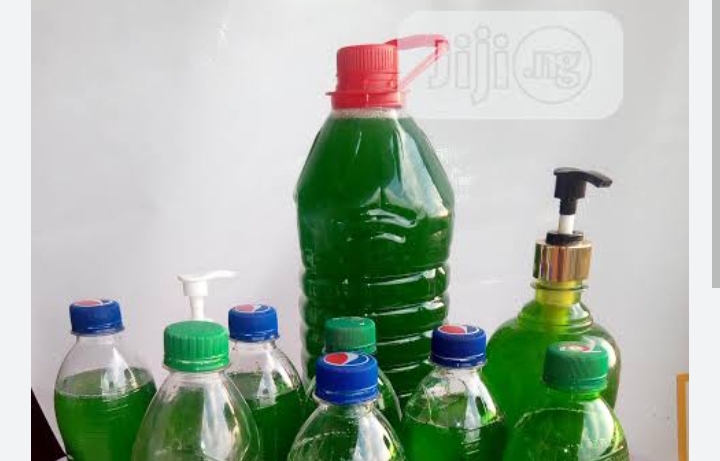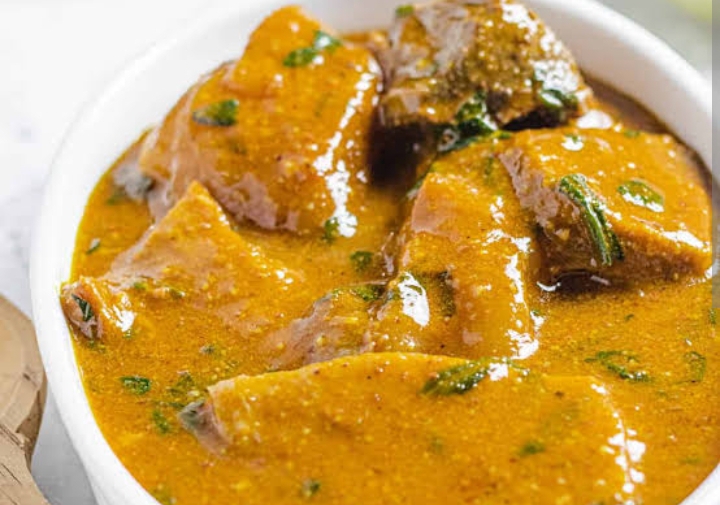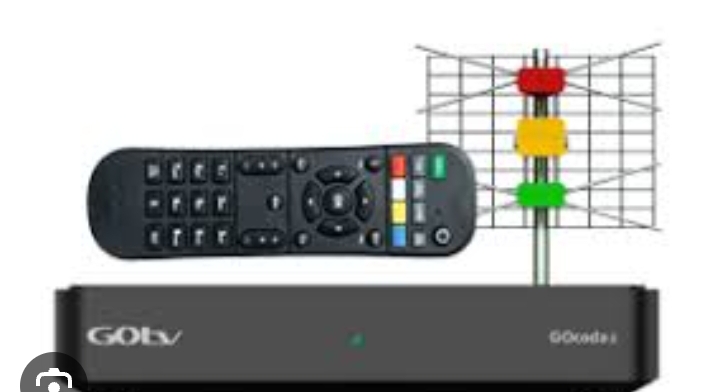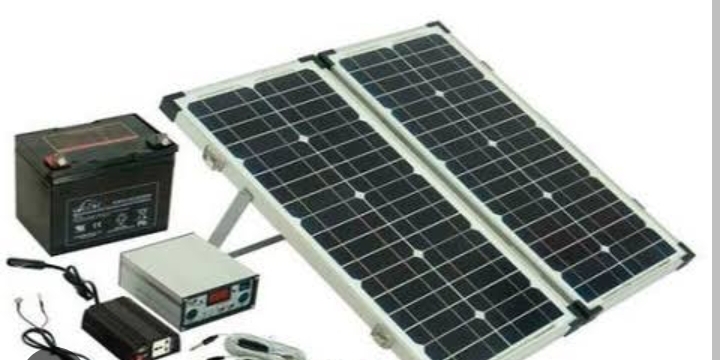How to make Pounded Yam: A Traditional Nigerian Delicacy
Pounded yam is a staple food in many West African countries, particularly Nigeria and Ghana. It is a smooth and fluffy dish made from boiled yam, which is then pounded and kneaded to create a soft and elastic texture. Pounded yam is often enjoyed with a variety of delicious soups and stews, making it a popular and satisfying meal.
In this article, we will take you through a step-by-step guide on how to make pounded yam, ensuring a delightful culinary experience.
Ingredients:
To make pounded yam, you will need the following ingredients:
Yam tubers: Choose fresh, firm, and mature yam tubers.
Water: Sufficient water for boiling the yam.
Mortar and pestle: Traditionally used for pounding, but alternative methods are discussed later in the article.
Step-by-Step Guide:
Selecting and Preparing the Yam:
Choose good-quality yam tubers that are firm and mature. Peel off the brown skin using a sharp knife.
Cut the yam into medium-sized chunks or slices, making it easier to cook evenly.
Boiling the Yam:
Place the yam pieces into a large pot and add enough water to cover them.
Bring the water to a boil and cook the yam on medium-high heat until it becomes soft and easily pierced with a fork.
Be cautious not to overcook the yam, as it may become waterlogged and affect the texture of the pounded yam.
Draining and Cooling:
Once the yam is cooked, drain the water using a colander or sieve.
Allow the yam to cool for a few minutes until it reaches a manageable temperature.
Pounding the Yam:
Transfer the cooked yam to a mortar if using a traditional method. Otherwise, you can use a stand mixer or a food processor as an alternative.
Using a pestle or the appropriate attachment, start pounding the yam, applying pressure and rotating your wrist in a circular motion.
Continue pounding until the yam forms a smooth and stretchy consistency. This process may take some time, and it requires strength and patience.
Kneading the Pounded Yam:
Once the pounded yam reaches a desirable texture, remove it from the mortar or mixing bowl and place it on a clean surface.
With clean hands, knead the pounded yam by folding and stretching it repeatedly. This step helps to further smoothen and enhance the elasticity of the yam.
Serving the Pounded Yam:
Shape the pounded yam into small balls or mounds using your hands or a lightly oiled scoop.
Serve the pounded yam immediately with your preferred soup or stew. Popular accompaniments include Egusi soup, Ogbono soup, or Efo Riro.
Alternative Methods:
Stand Mixer: If you don’t have access to a mortar and pestle, a stand mixer with a dough hook attachment can be used to pound the yam. Simply place the cooked yam into the mixing bowl and allow the dough hook to do the pounding and kneading.
Food Processor: Another alternative is using a food processor. After draining and cooling the yam, cut it into smaller pieces and blend in the food processor until smooth and stretchy.
Tips and Tricks:
To achieve a soft and fluffy pounded yam, it’s crucial to use mature yam tubers and not overcook them during the boiling process.










